Can the Philippine island of Boracay beat over-tourism?
Called one of the world’s best islands, the resort was closed by the government for six months and reopened with a cap on visitors. Now, with travellers coming back, will it continue to hold the line?
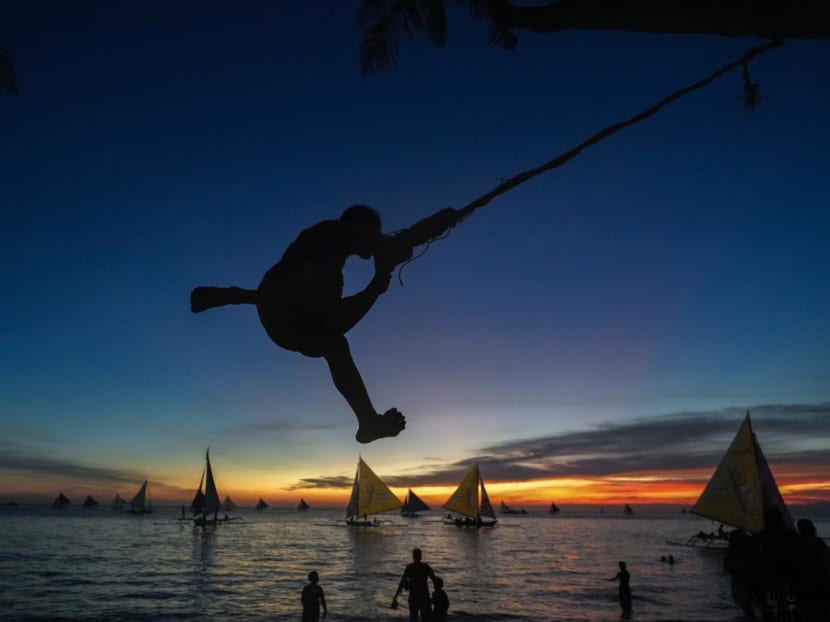
A sunset on White Beach at Boracay Island, Philippines. (Photo: Chang W Lee/The New York Times)
When the Philippine island of Boracay was in the rogues’ gallery of destinations marred by overtourism, large sections of its 4km main White Beach were jammed with thousands of visitors and long trains of beach beds and umbrellas. Fleets of boats motored up to the sand’s edge, and multitudes of peddlers sold trips and trinkets and gave massages, braided hair and applied henna tattoos right on the beach.
At night, a cacophony of music spilled from a phalanx of makeshift dining rooms in the sand, couches and cabanas unfurled toward the water, and fire spinners filled the air with flames and fumes.
Oil from the boats, litter from the beach and sewage illegally piped into the sea polluted the waters.
Early in 2018, however, then-President Rodrigo Duterte – known for his radical approaches – declared Boracay a “cesspool” and abruptly shut it down from April to October.
The government demolished or chopped off sections of several hundred hotels, restaurants and other businesses that had been built too close to the water and in forests and wetlands. It uprooted dozens of illegal sewer pipes along the beaches and upgraded the sewer system. It widened the notoriously clogged narrow roads and put in sidewalks. It devised a new promotion of Boracay as a sustainable ecotourism island rather than a 24/7 party hot spot.
And in one of the rarest and most extreme responses to unbridled tourism growth, the national task force created to oversee the island imposed a limit on the number of visitors, setting the carrying capacity at 6,400 arrivals per day, or 19,215 tourists at any given time.
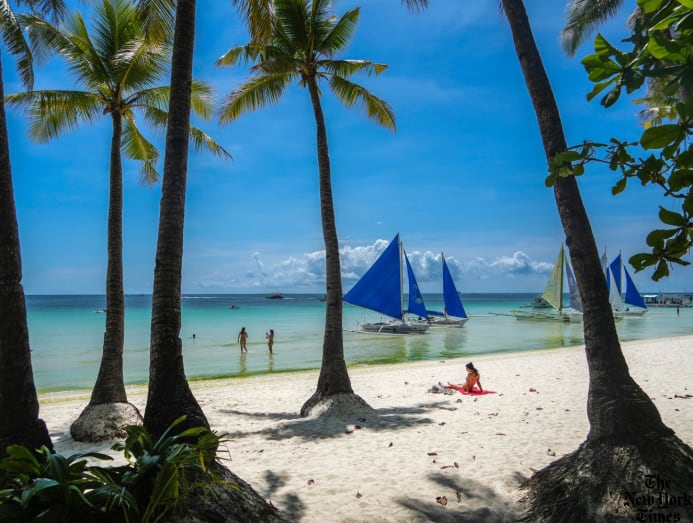
These days, the captivating White Beach is an open expanse of pristine sand, motorboats are confined to two floating docks and the aquamarine water has been cleaned up. Signs up and down the beach declare: NO STRUCTURES AND FURNITURE, NO DRINKING OF ALCOHOL, NO FIRE DANCING.
On a mid-February night, Tyler O’Dowd was part of a steady stream of tourists strolling on the sandy path up from the beach, pointing out to his fiancee where the action used to be. The couple, on a four-day trip to celebrate O’Dowd’s 38th birthday, said they wouldn’t mind dining in the sand or a nightlife spot or two on the beach. Still, they said, they preferred the new vibe.
“I was younger back then so I liked the party lifestyle,” said O’Dowd, an American teacher living in Manila, referring to his first visit, in 2013. “Now I’m older so I do enjoy this mellowness.”
Few hot spots across the globe have implemented caps on the number of visitors long term, so it’s an open question as to whether this little island in the central Philippines, about an hour south of Manila by plane, can find a real and lasting solution to overtourism.
Islanders and local business owners said in interviews that they were generally pleased with the improvements to Boracay’s beaches and roads. But there was still debate over the carrying capacity.
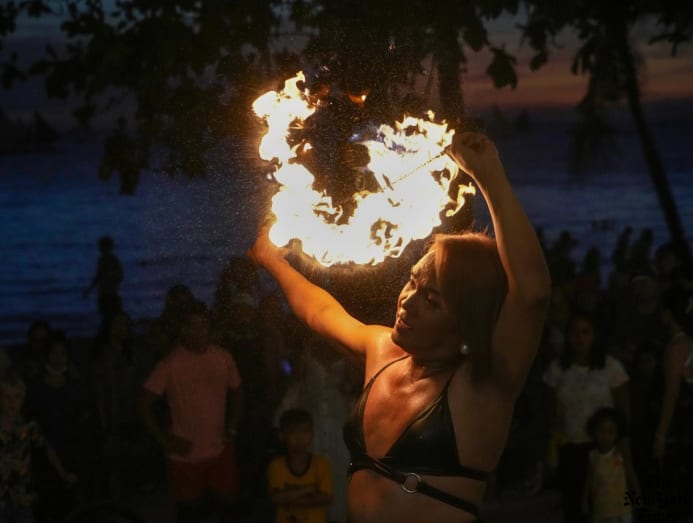
Although a resolution by the national task force capped visitors, there was no provision for enforcement. So no one is in charge of limiting arrivals – not the airlines, not the boats that bring tourists from the main island of Panay, not the hotels on the island. According to the Malay-Boracay Tourism Office’s monthly tally of visitors, the number exceeded the cap in busy spring months in 2019 and again last spring. That prompted a new carrying capacity study by the Department of Environment and Natural Resources (DENR), which led the national task force, though its results have not yet been released.
In the coming months, the cap will surely be tested again. Flights are rapidly increasing at the nearby airports of Kalibo and Caticlan. And tourists from China and Korea – the biggest sources of visitors, accounting for 40 per cent of tourists before the pandemic – are poised to return in the coming months.
What’s more, the national task force was dissolved in June 2022, and oversight of the island was returned to local government officials, some of whom want to lift some of the restrictions.
Dante Pagsuguiron, the longest-serving member of the Malay municipal council that includes Boracay, said in an interview in February that he’s opposed to any capacity cap and that the island could support triple the current 14,000 government-accredited hotel rooms. He supports bringing back beach beds and limited dining on the beach.
“To me, if there’s tourists coming to Boracay, regardless of the numbers, then we need to accept them,” Pagsuguiron said.
It’s unclear what will happen next. Pagsuguiron and others speculated that the DENR study will raise the arrivals cap by 25 per cent to 40 per cent, allowing for up to 9,000 arrivals a day. The DENR did not respond to multiple requests for comment.
In March, the governor of Aklan province, which includes Boracay, created a new oversight body for the island, the Boracay-Caticlan Sustainable Development Council, to sustain the gains of the rehabilitation. According to the province administrator, Selwyn Ibarreta, the new council has agreed that an independent entity should conduct another carrying capacity study.
REHABILITATION, THEN COVID-19
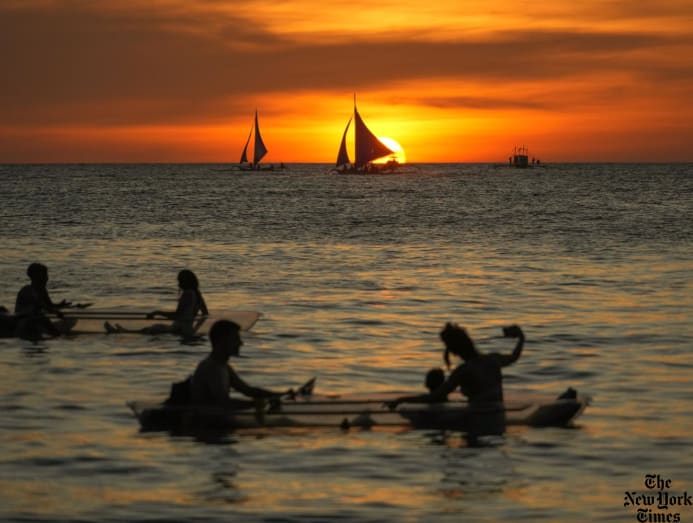
Boracay first became popular in the 1970s, when it appeared in a German guidebook and was the location of the war movie Too Late the Hero. By the 1990s, more than 100,000 backpackers and adventurers annually were visiting its beaches and forested hills. Locals opened dive shops, restaurants, guesthouses and hotels. Big investors followed with resorts like the Shangri-La in private coves. Each year, it seemed, Boracay kept landing on best beaches and top islands lists. Tourism surged, nearing 1 million visitors in 2011 and double that by 2017.
Then came the abrupt shutdown, known as the rehabilitation.
Business owners were left without income, workers scrambled to find jobs and long-planned weddings and vacations were upended. Locals say the White Beach looked like a war zone from all the demolition. Like many businesses on the north end of the beach, the BAMA grill had to hack off a large beachfront section of its building to comply with the 33-yard setback from the high tide, and it had to knock off 5 inches of its street-side facade to make way for the road widening.
After six months, even though the demolition and road work was far from completed, the island reopened to tourists in late October 2018. Arrivals the next year jumped back to 2 million, just over half of them foreigners, but then evaporated again in early 2020 with the onslaught of COVID-19.
Boracay remained closed to foreigners during the pandemic for two years until early 2022, devastating the local economy.
SMOOTH NEW ROADS AND A CLEANED-UP BEACH
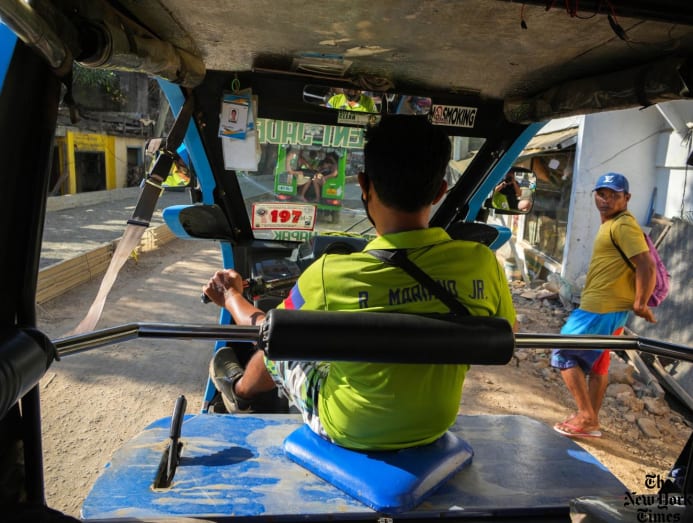
On a visit in mid-February, when daily arrivals averaged 5,750, the island felt pleasantly crowded, and the vast majority of tourists were Filipino.
The smooth, new road with brick sidewalks running up the spine of the island bustles with families, couples and groups of friends and a steady convoy of electric, three-wheeled motorbike buggies. But the road is also blighted with dingy, shuttered restaurants and intermittent metal walls hiding abandoned or demolished buildings.
On the White Beach at night, I could enjoy myriad international cuisines and listen to live music ranging from Queen covers to duos crooning Adele. I was also repeatedly offered menus by polite waiters and propositioned by male and female prostitutes: “Hi, sir. Massage?”
The seven hotels of one of the island’s biggest resort chains, the Henann Group, were more than 80 per cent full in February, mostly with Filipinos, said Dindo Salazar, a vice president of Henann’s operations on Boracay. He was expecting the return of Chinese tourists in the second quarter and saw a conundrum in carrying capacity: If local officials allow too many people on the island, the worry is that the national government could step back in and take over, he said.
Salazar is also the chair of the Boracay Foundation, a tourism business group, which objected to the 2018 closure and capacity limit. The Foundation argued that only owners who violated the setback and sewer rules should be penalised and that the 14,000 government-approved hotels could accommodate thousands more tourists than the 19,215 limit set by the task force.
In the end, Salazar said, the closure was good for the island, because local laws that were long flouted were being enforced, including the beach setback, sewer hookups and a ban on single-use plastics.
“There was a free-for-all to get as many on the island without regard to impact,” Salazar said, “and now there is control.”
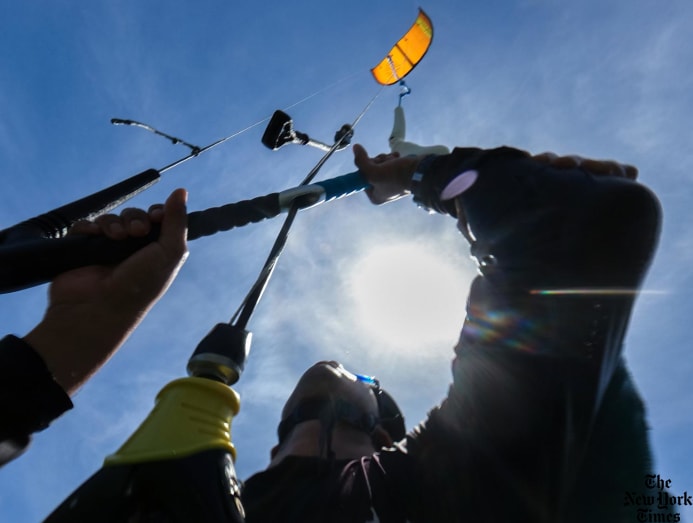
Just down the new brick promenade, surfers traded stories at Habagat Kitebording’s open-air bar. The German owner, Winnie Levai, opened the first kiting school on the island in 2002, and within a few years the sport took off with about 10 schools, he said.
In 2018, his business was among the dozens on Bulabog targeted to be partly or entirely torn down. “I had all the legal papers to build,” he said. “So it was a kind of shock.”
Levai had to demolish his school and restaurant in the sand and move them back at a cost of US$200,000 (S$266,709), though his 10-room hotel was outside the 33-yard buffer. He said he’s pleased with the brick walkway and wider road out back, but said that five years on, the rehabilitation and the quest to find the right balance of tourists on the little island are ongoing.
“My hope is that they do a good job, keep going on the situation and that they can finish it in a proper way,” he said.
By Patrick Scott © 2022 The New York Times
This article originally appeared in The New York Times.



